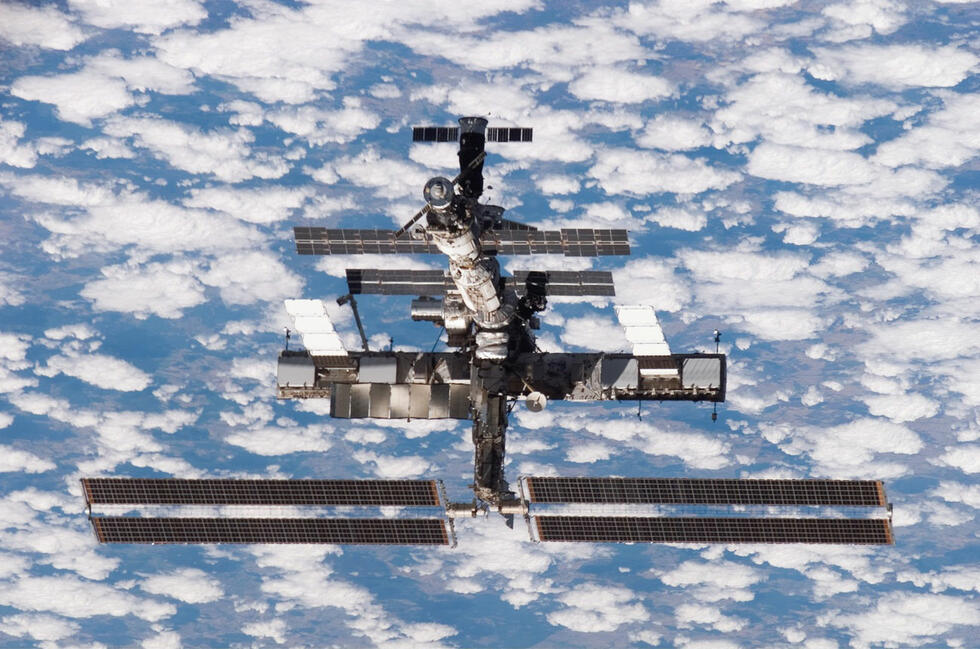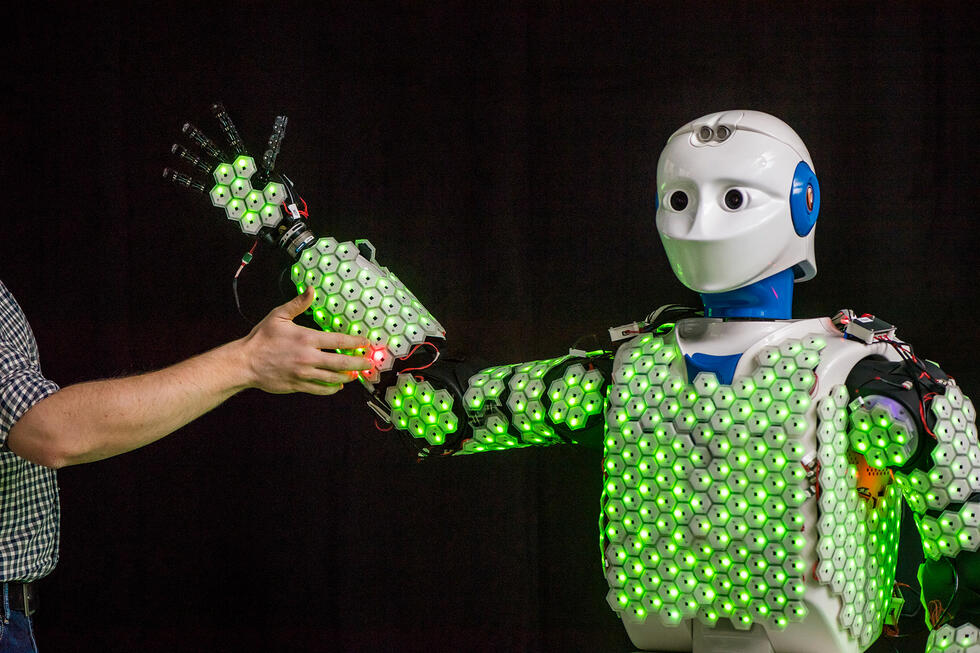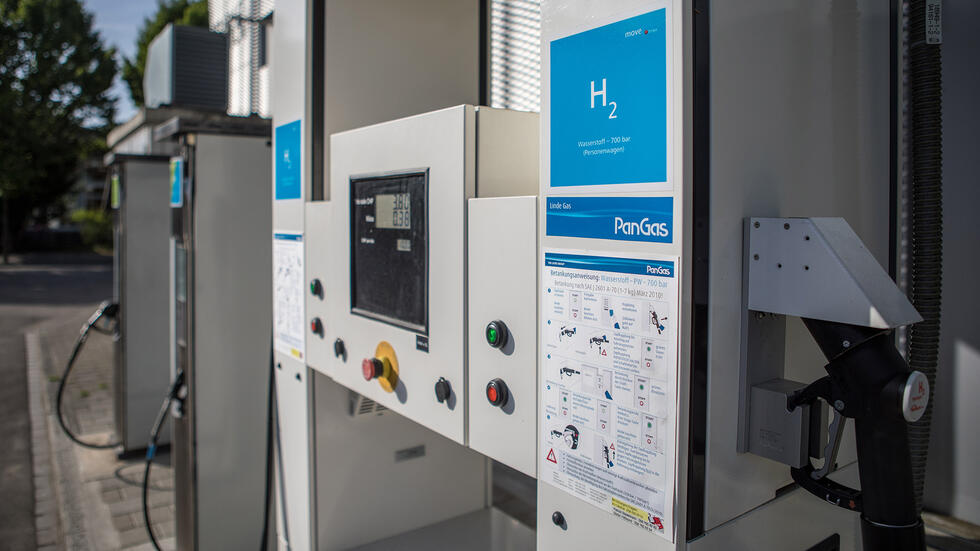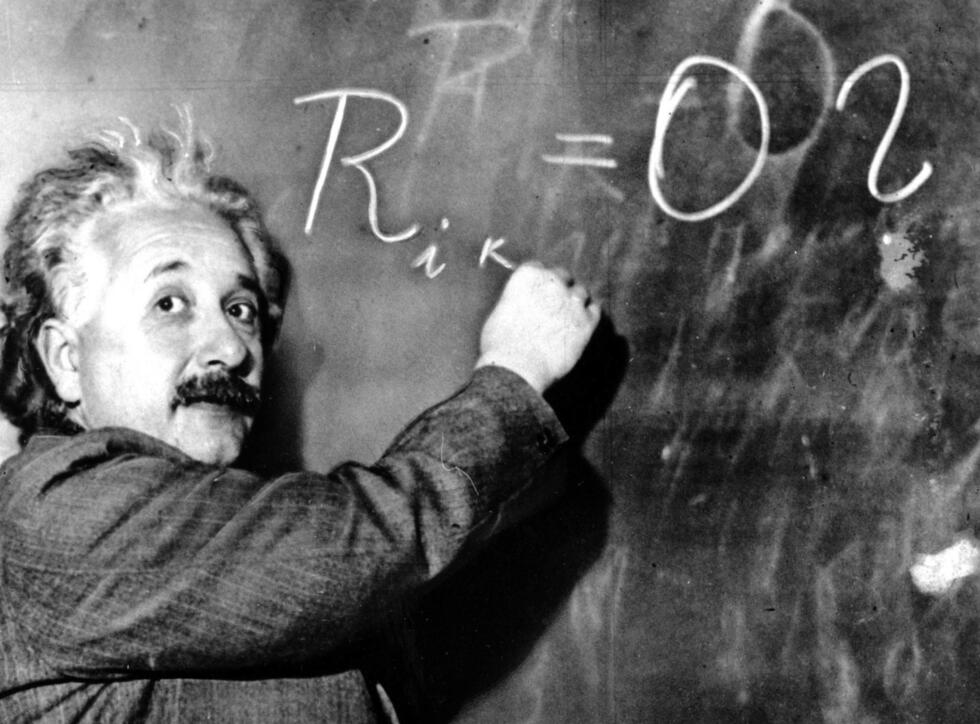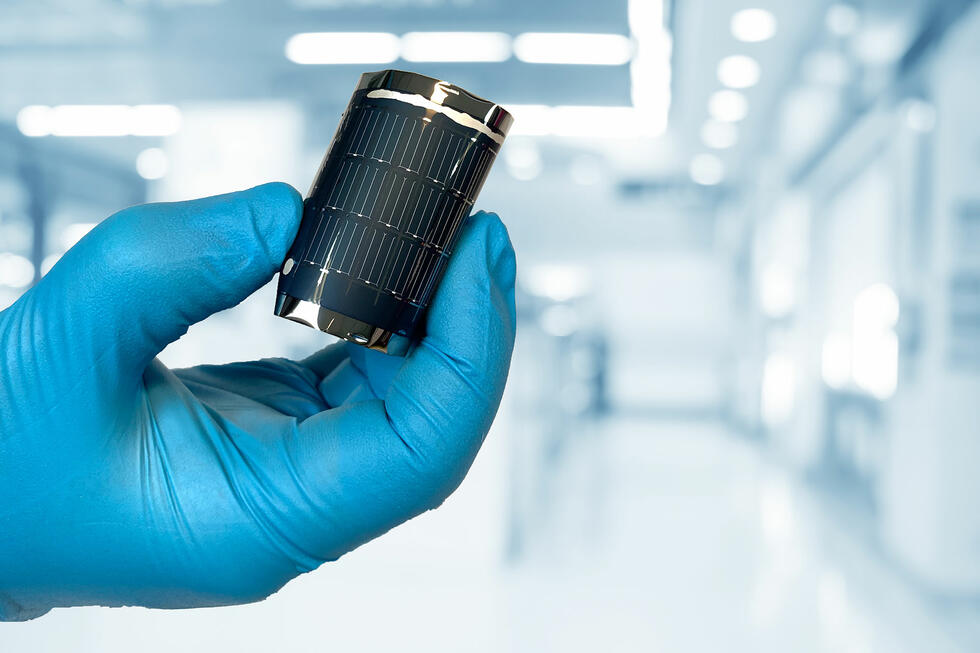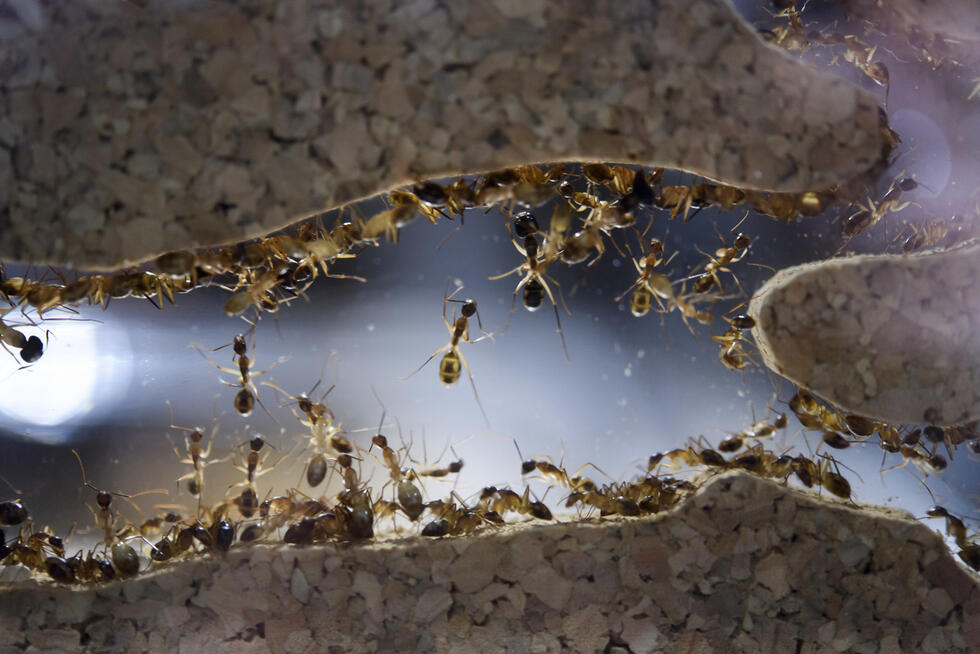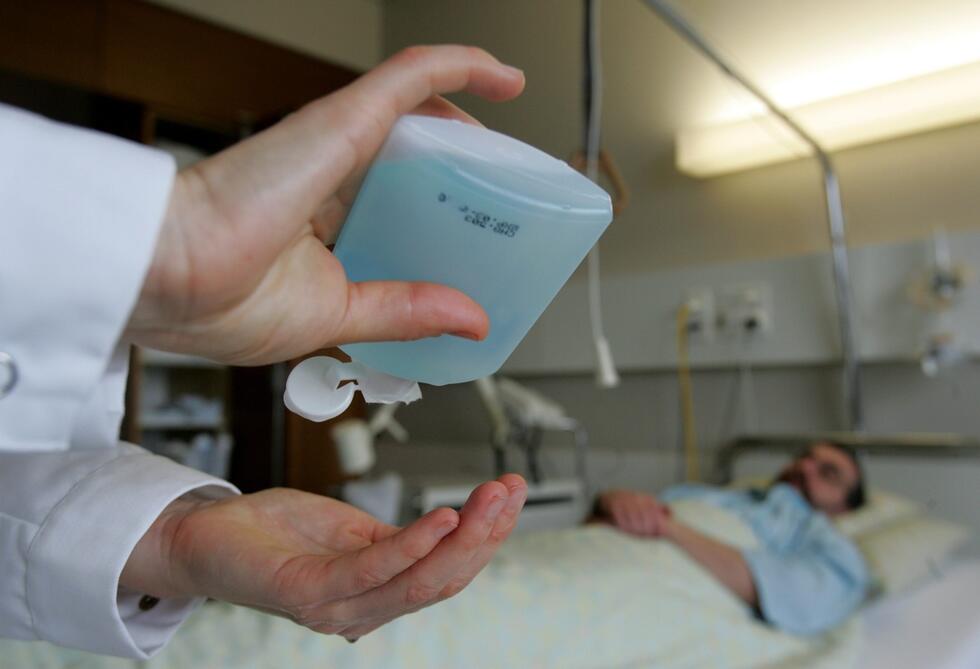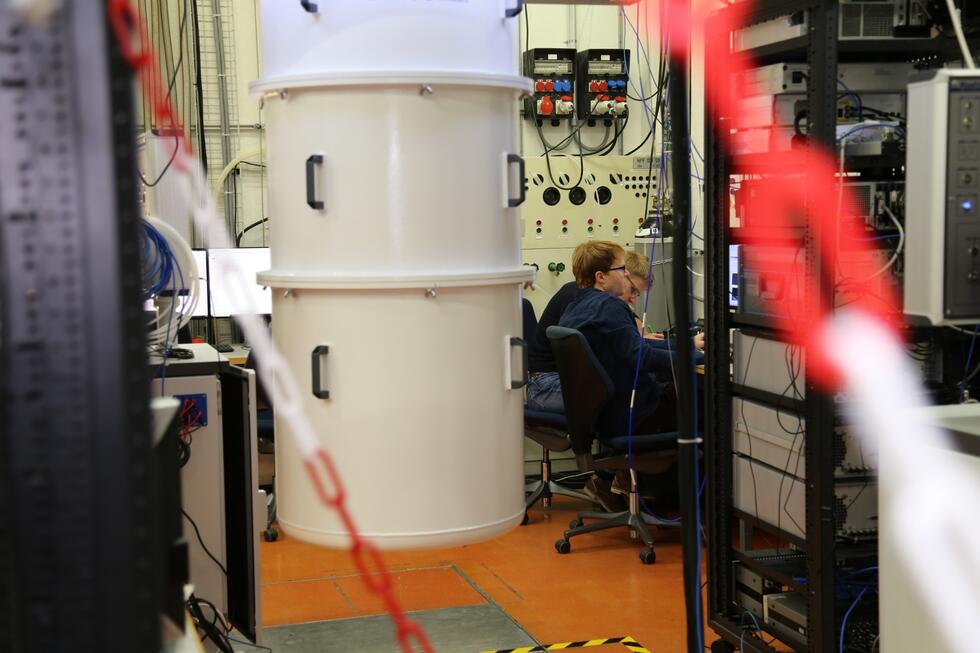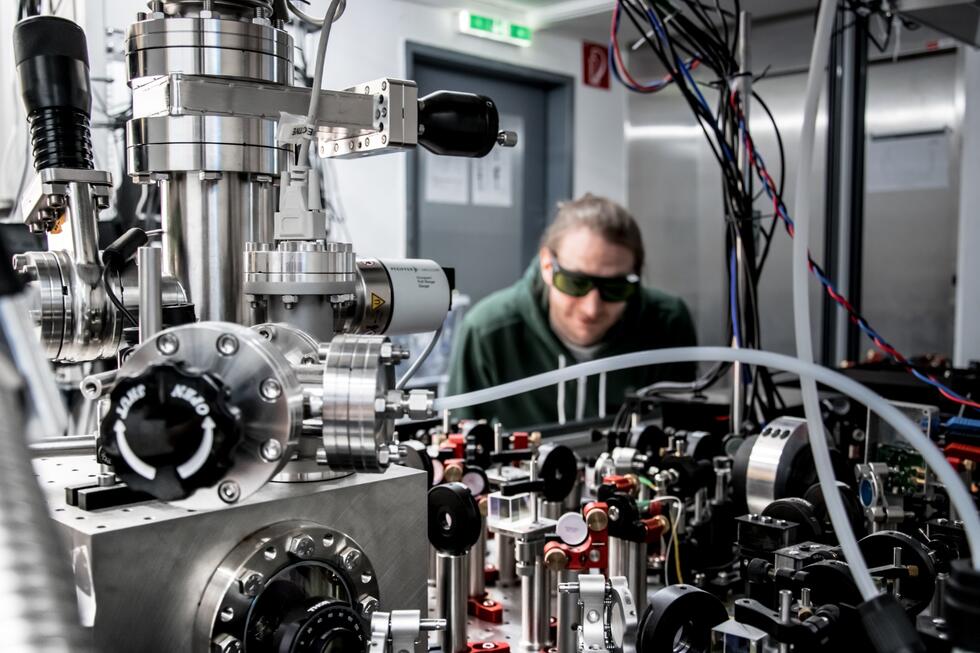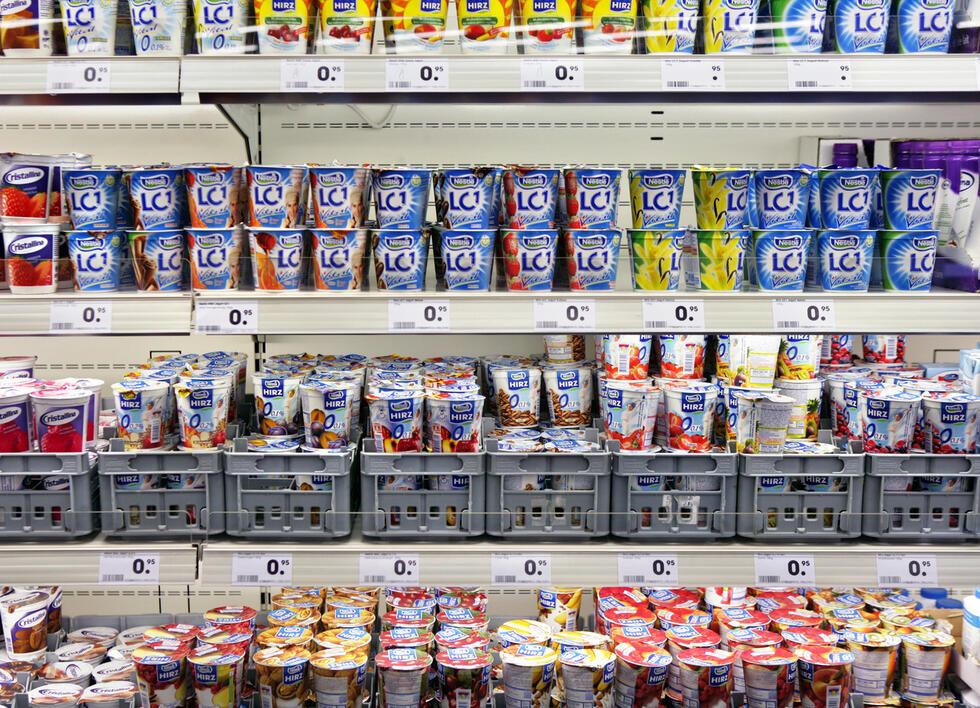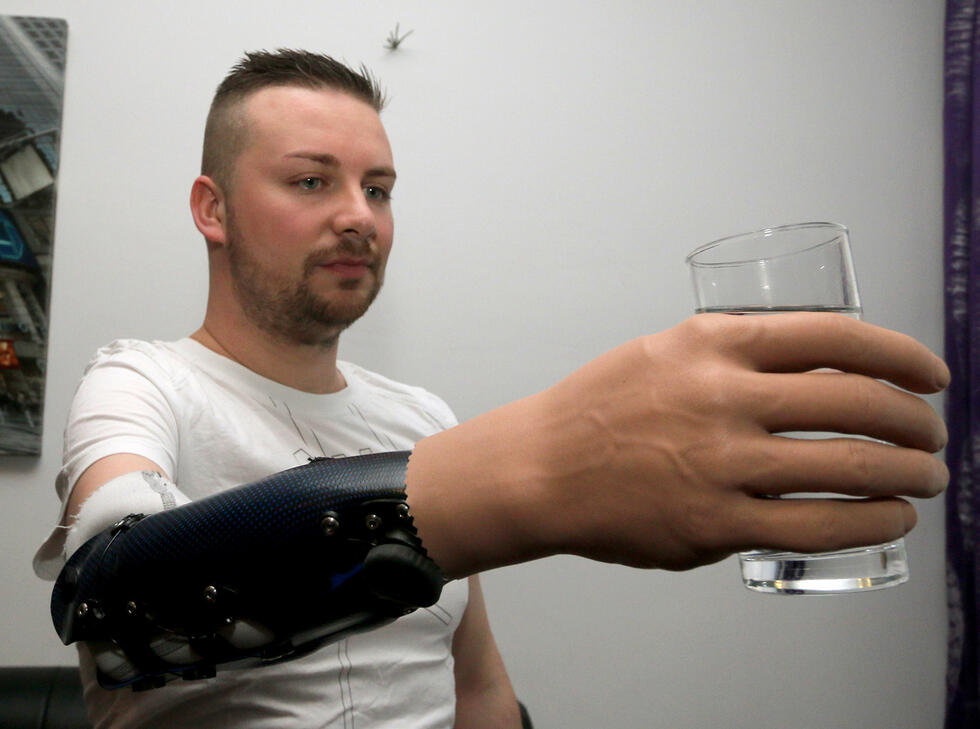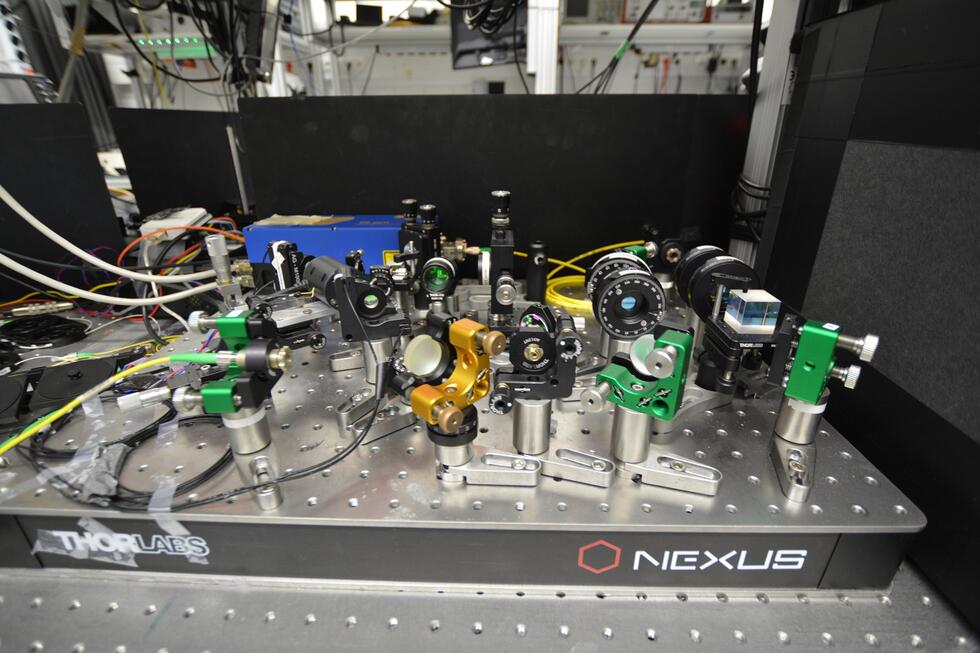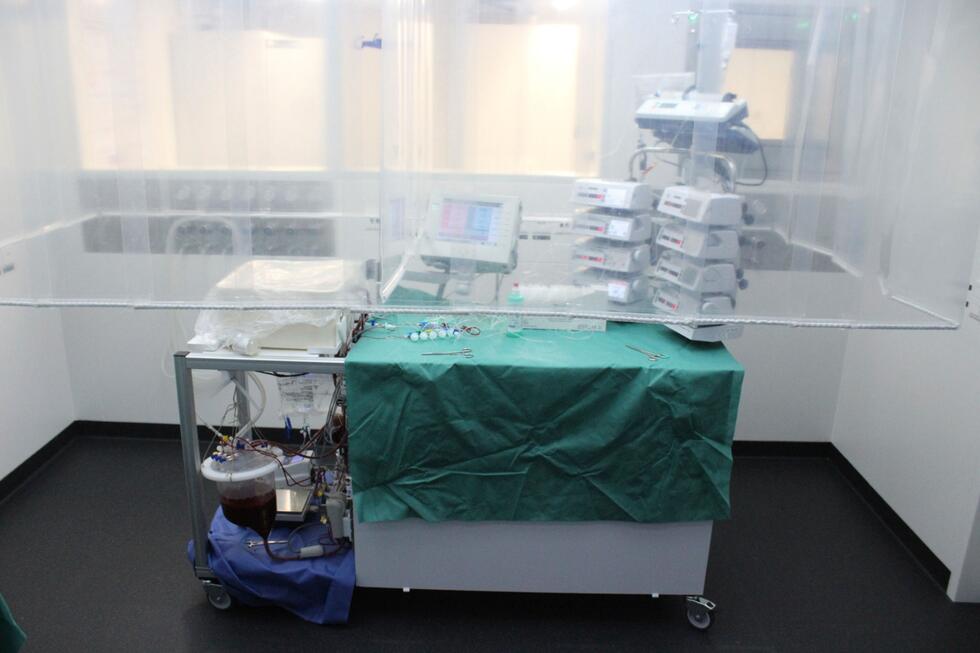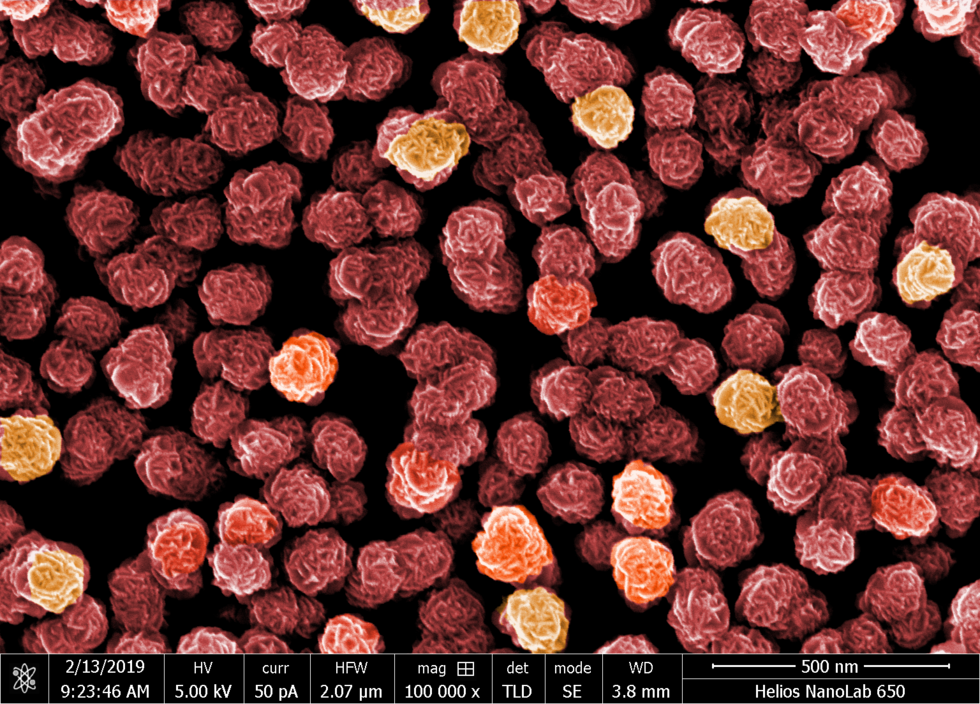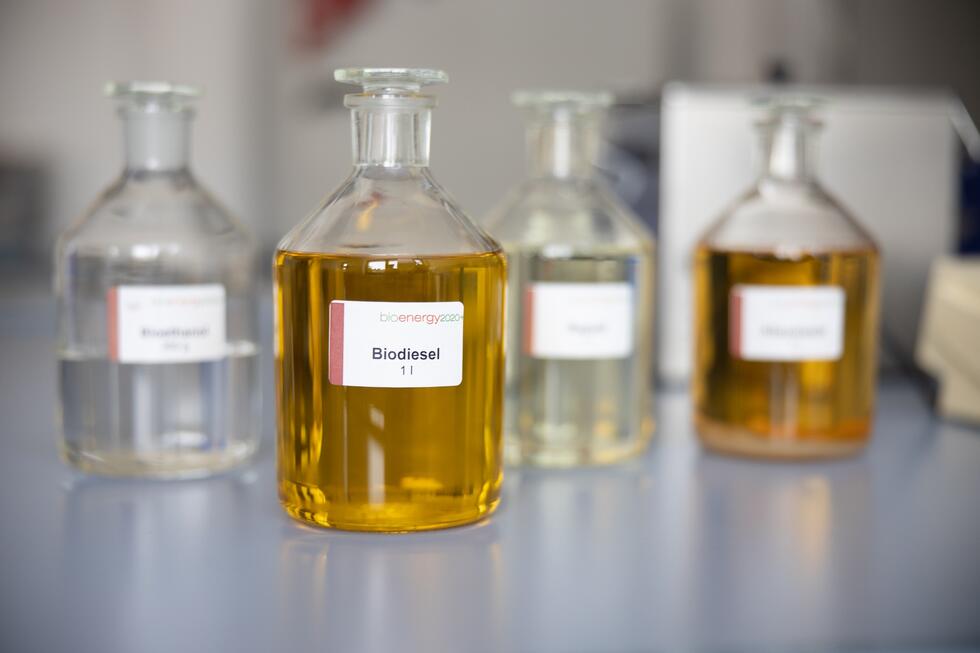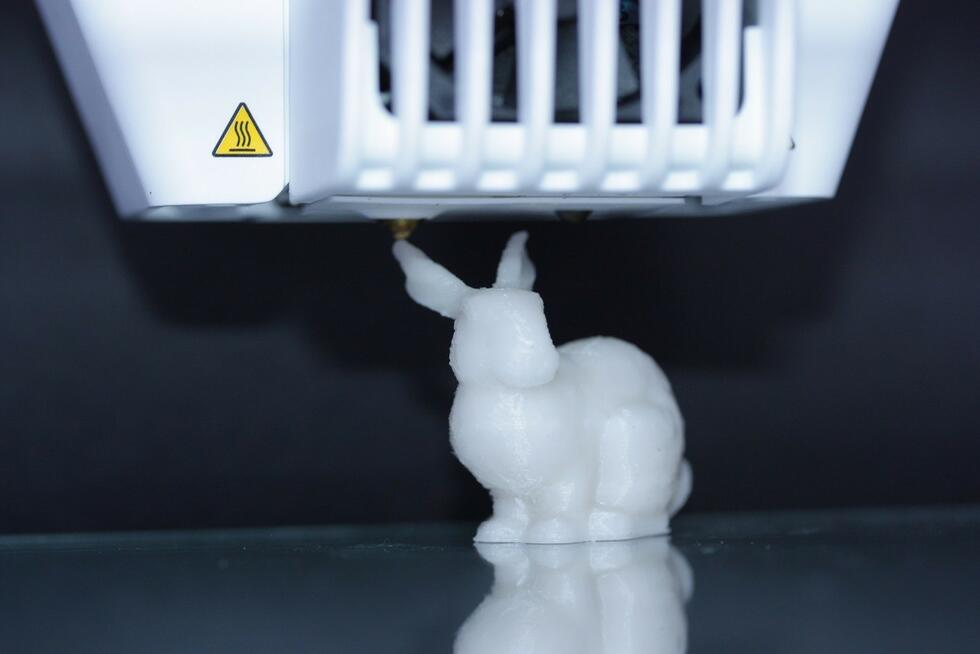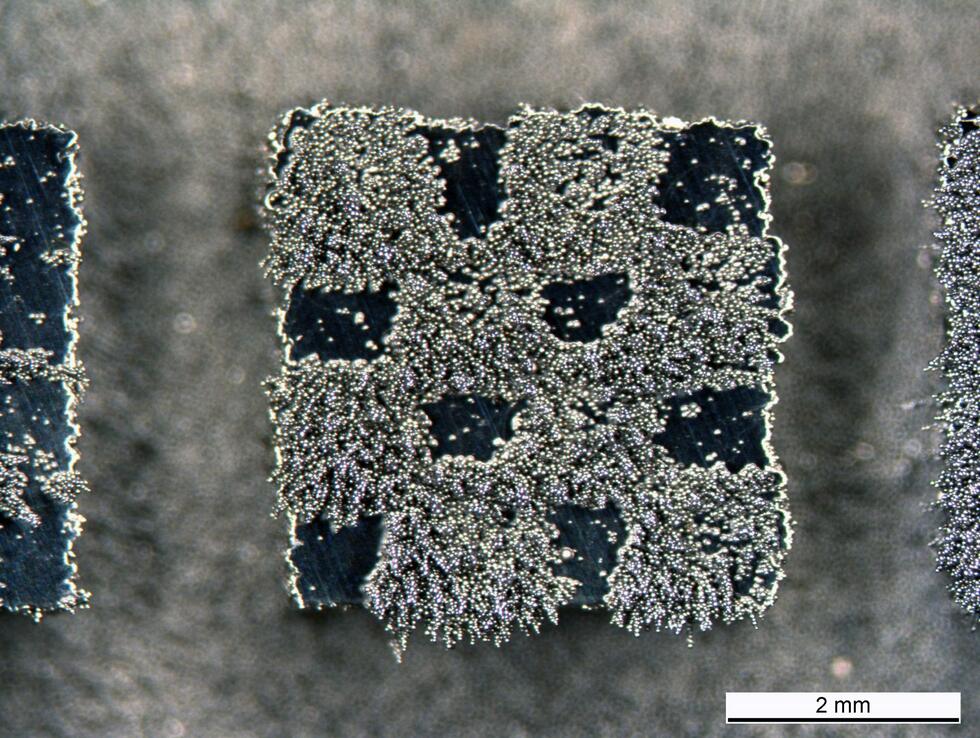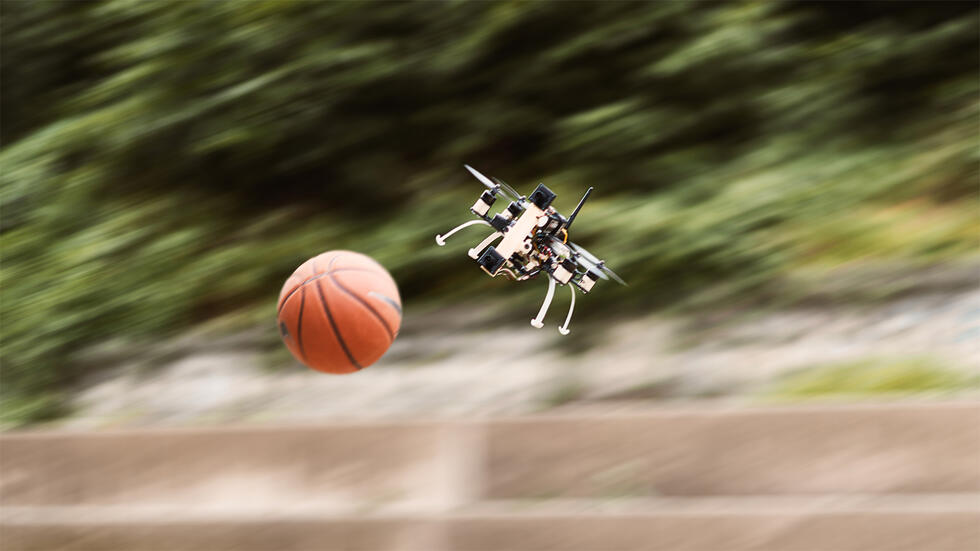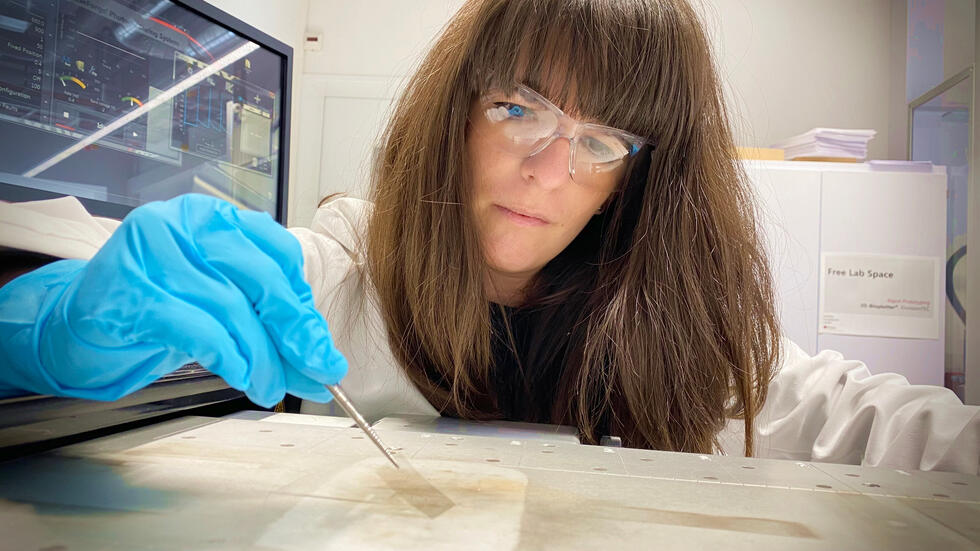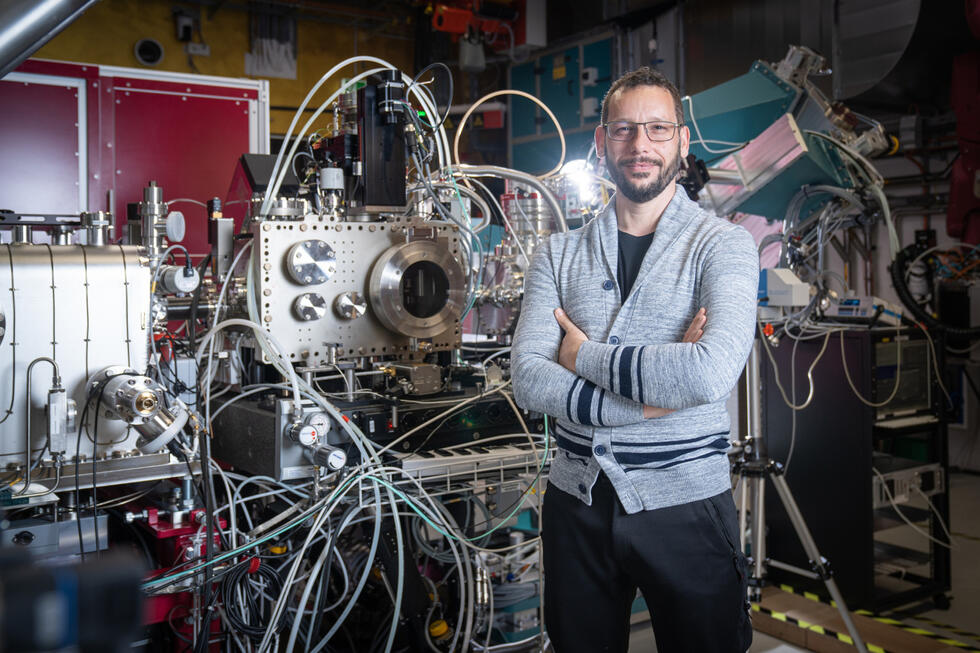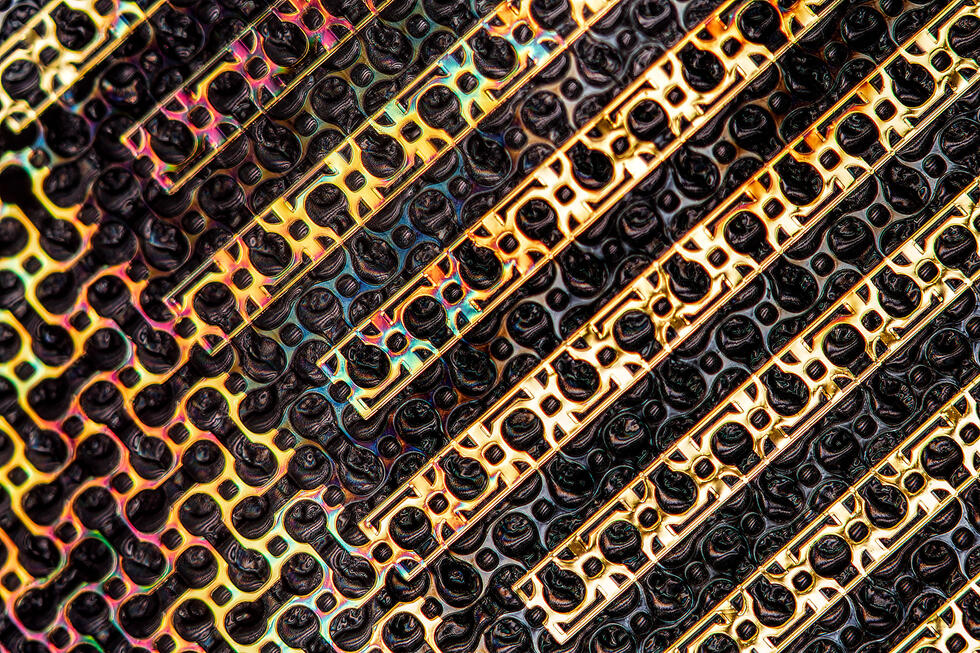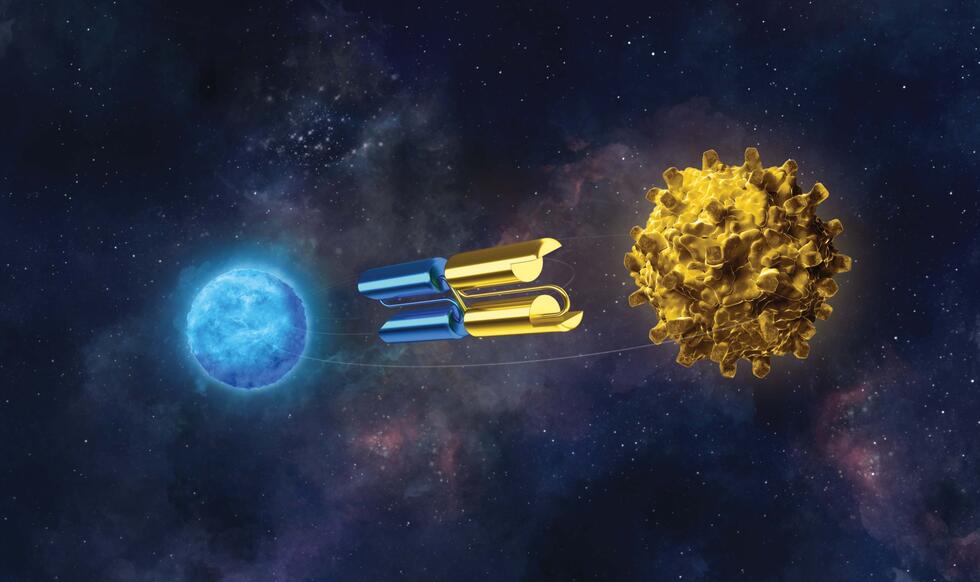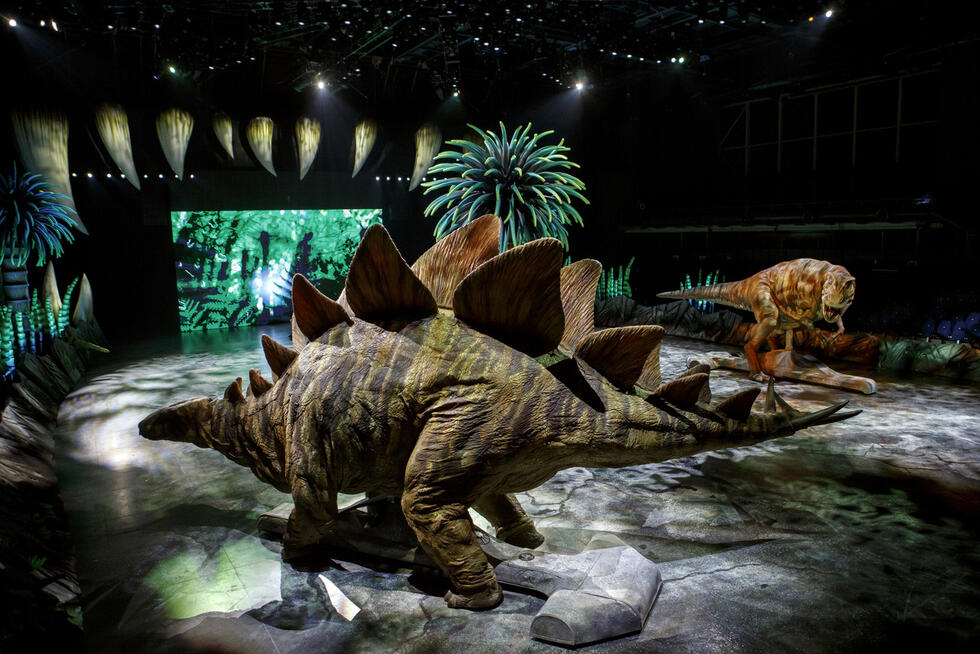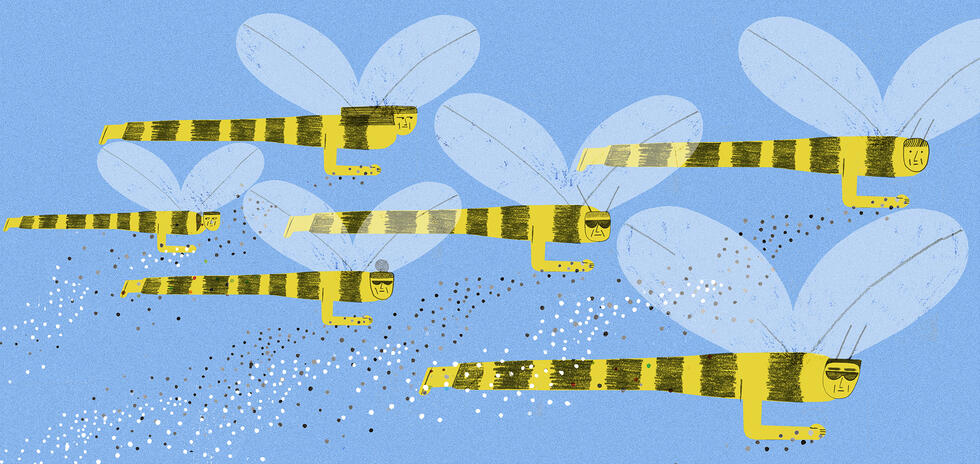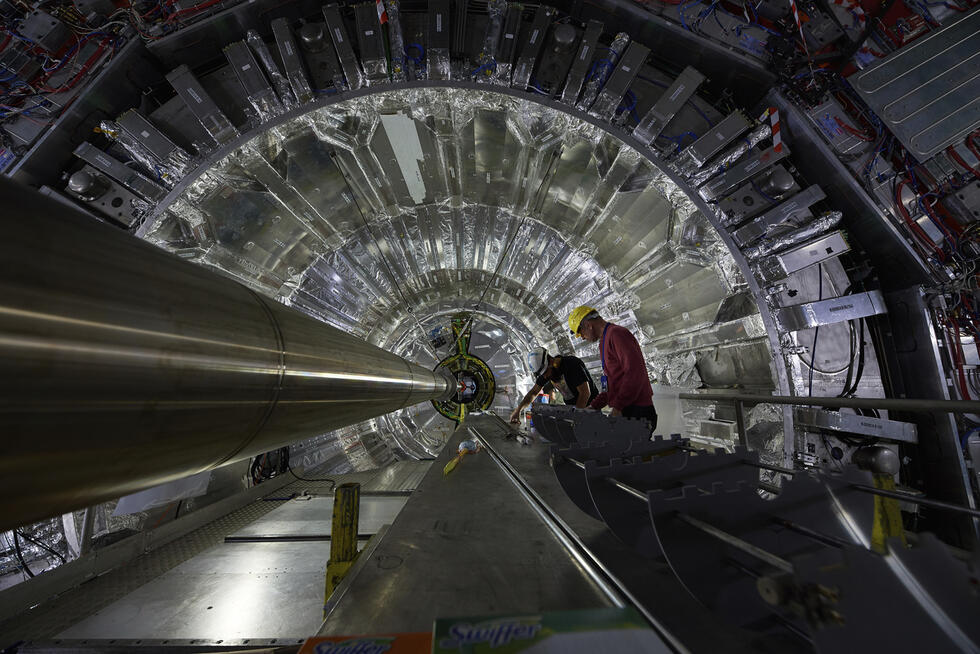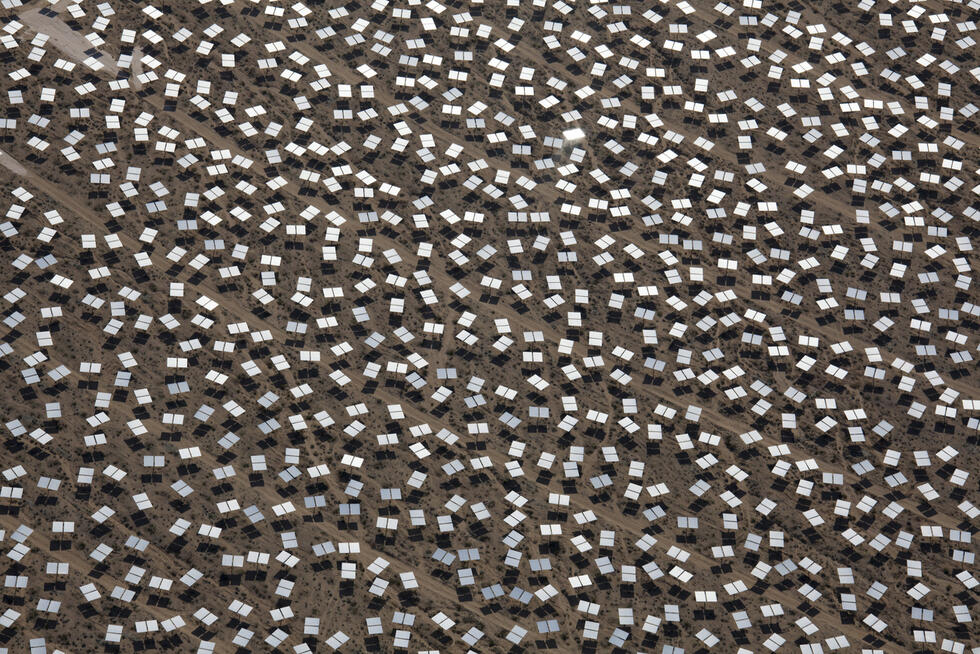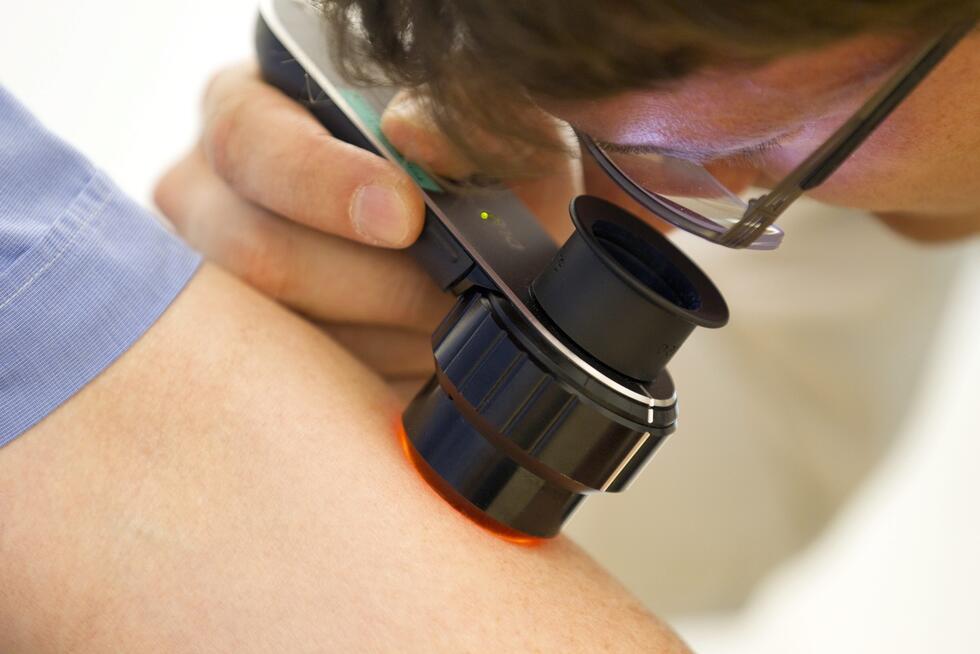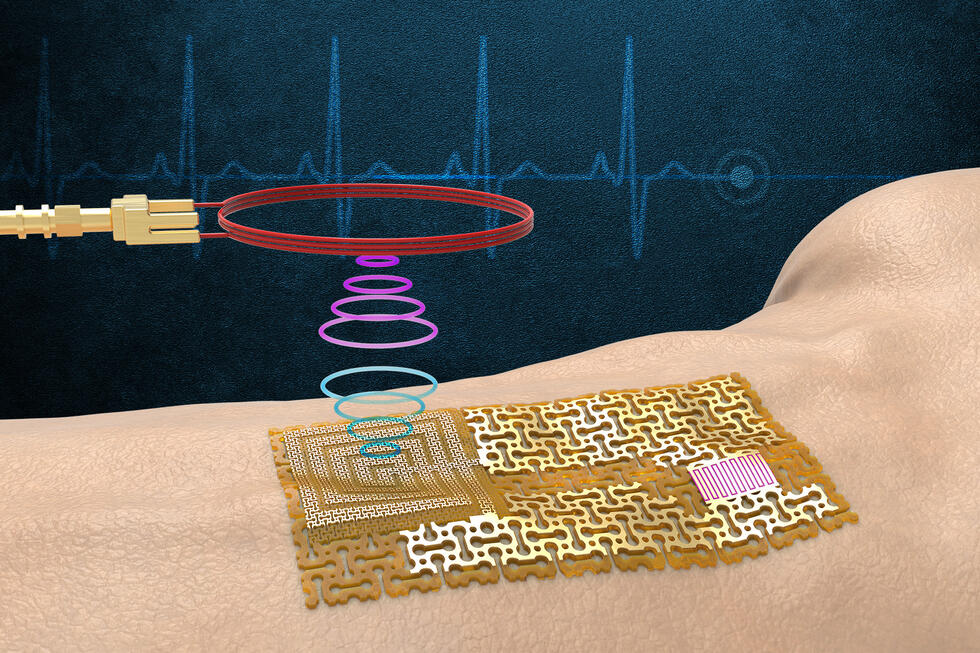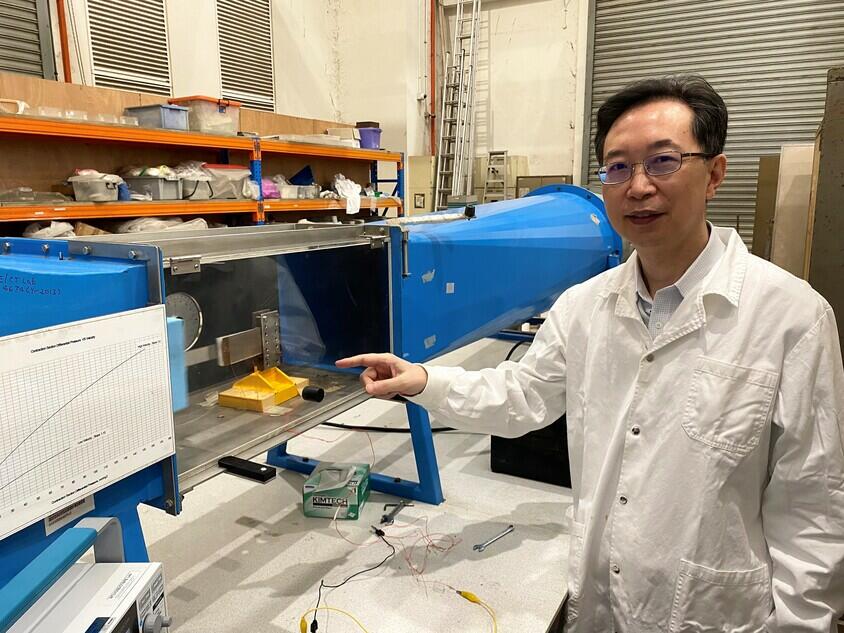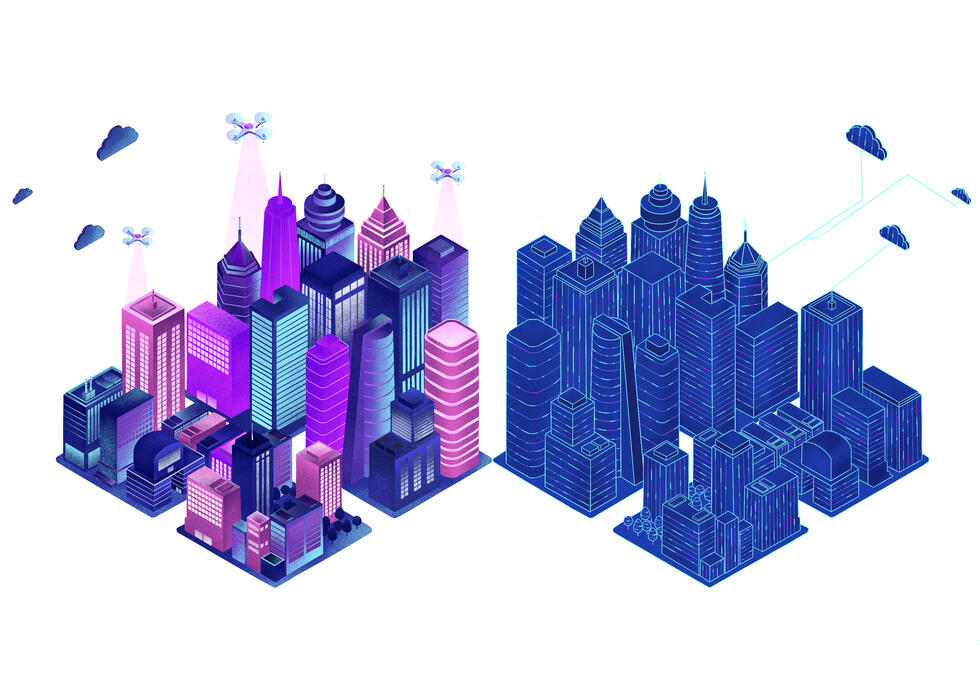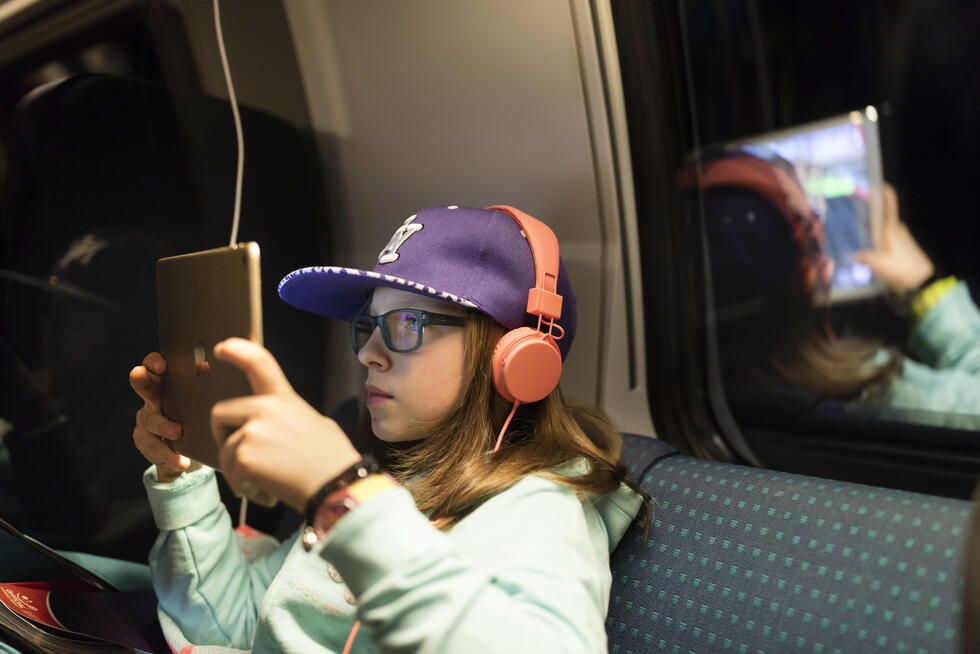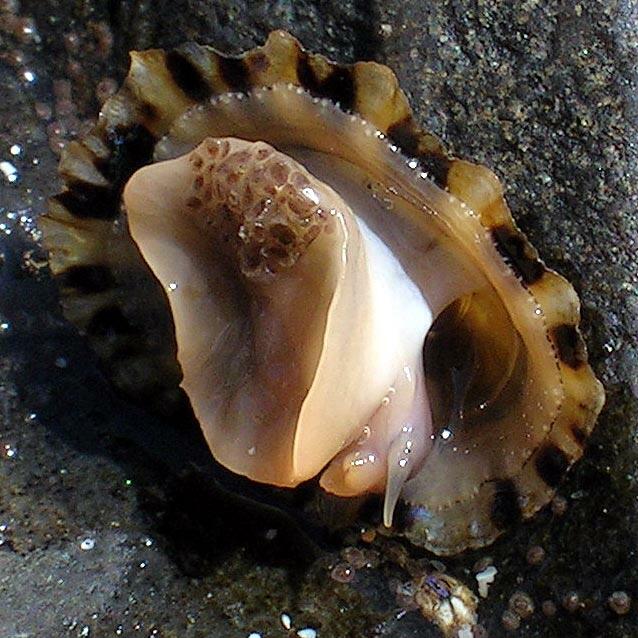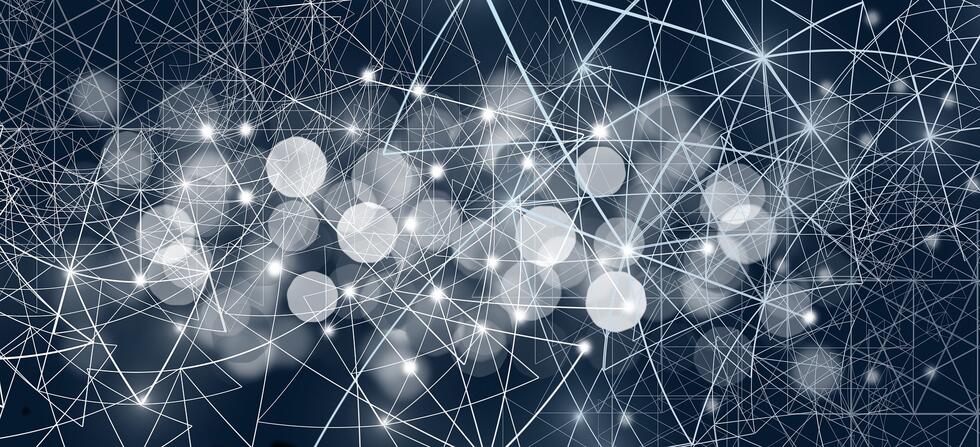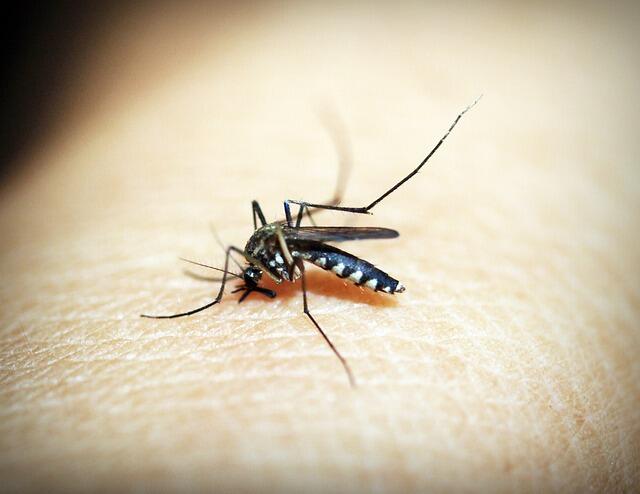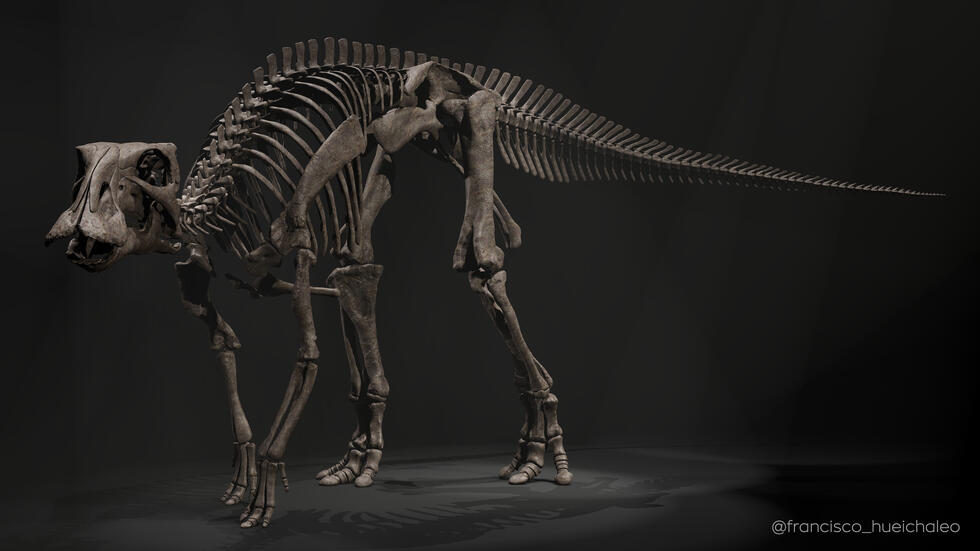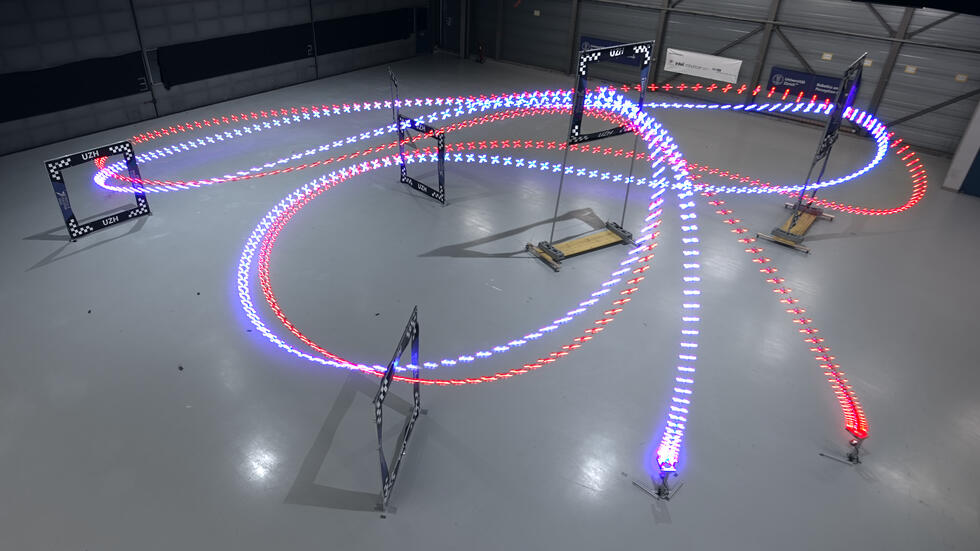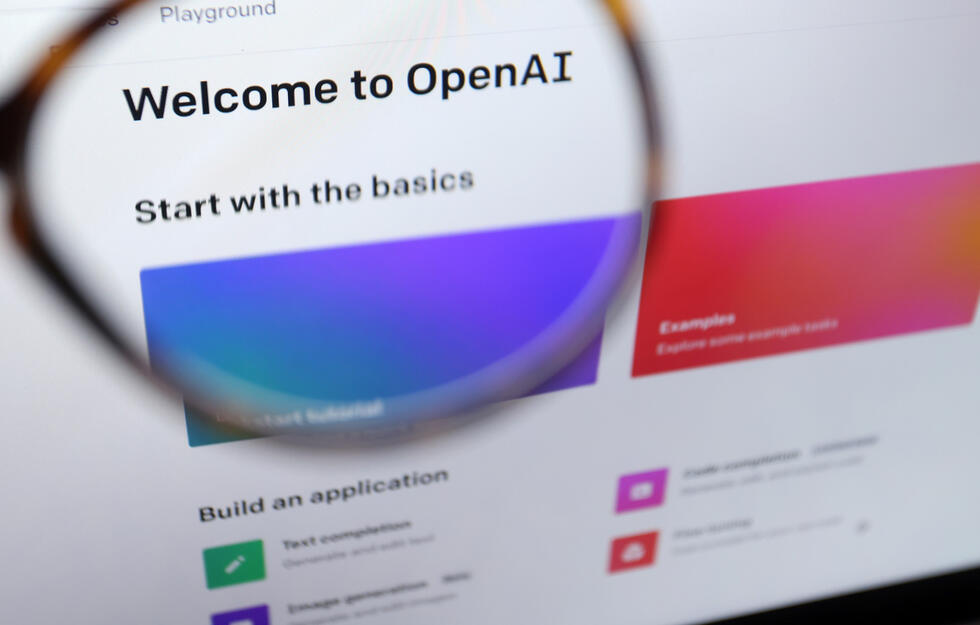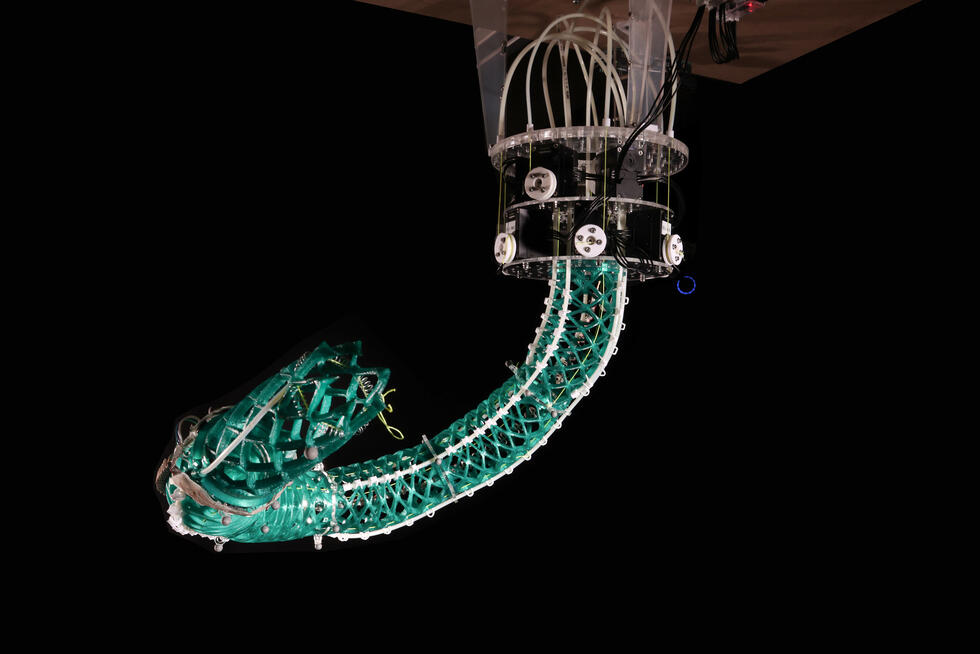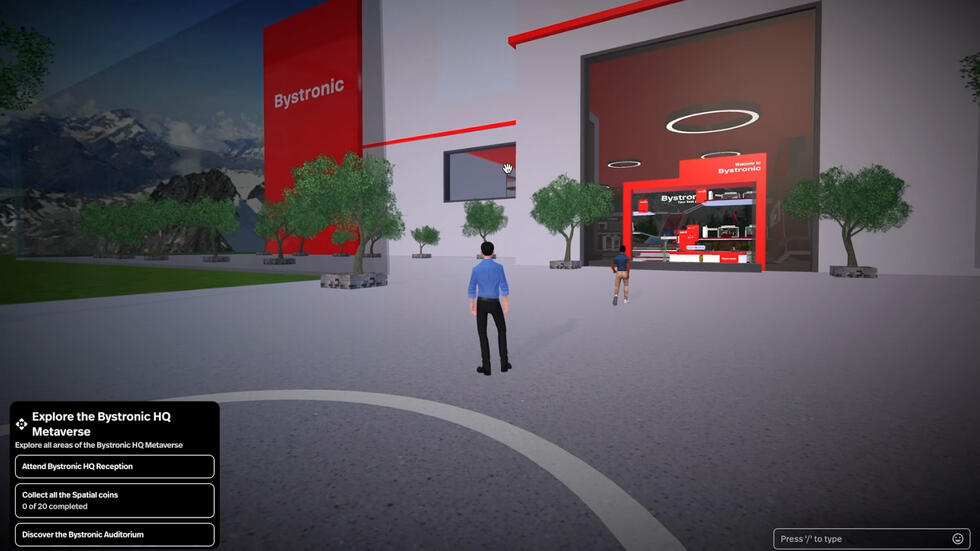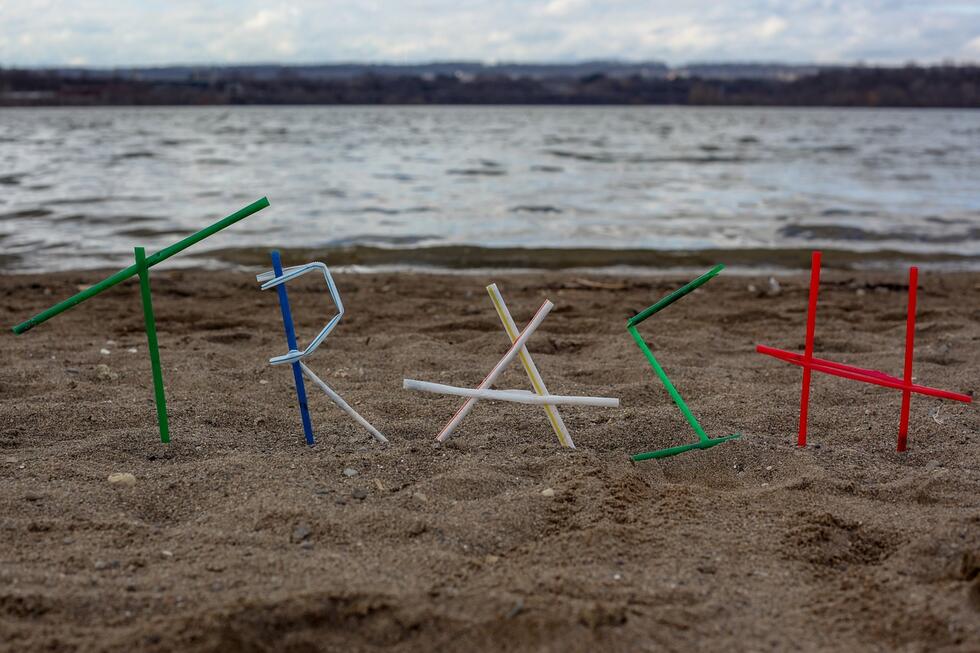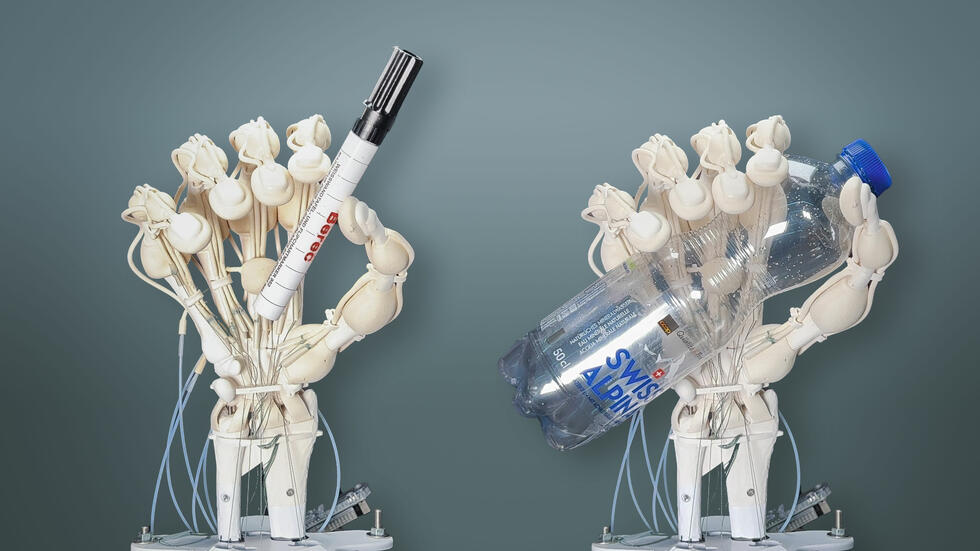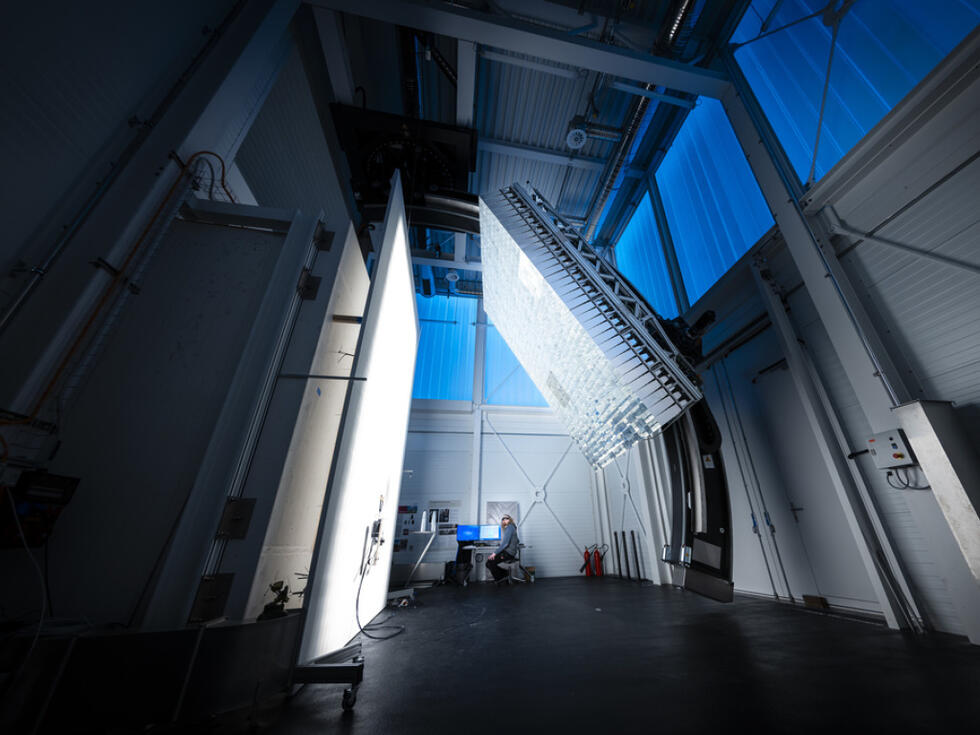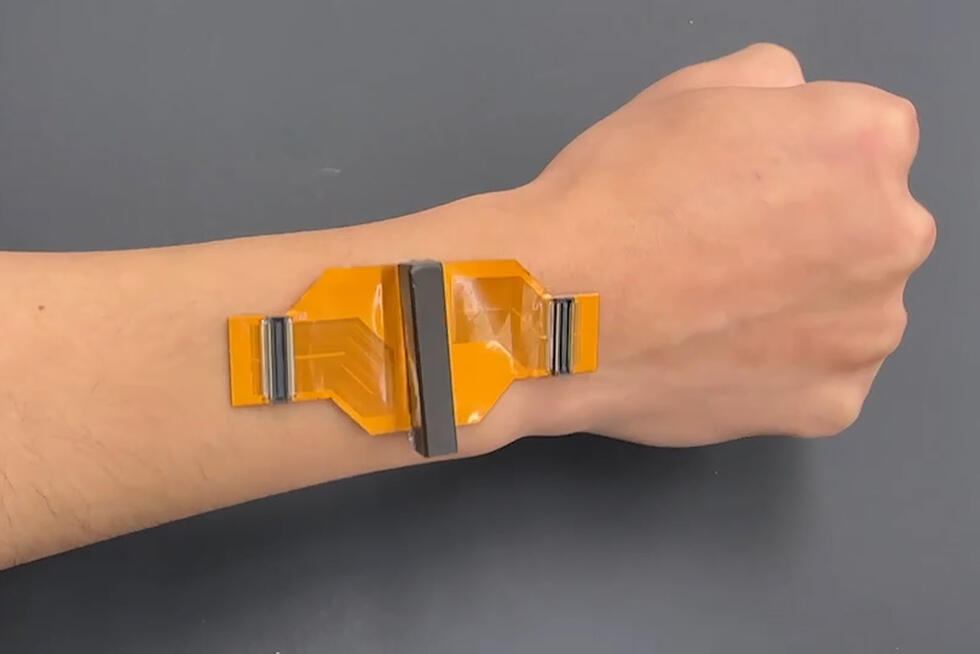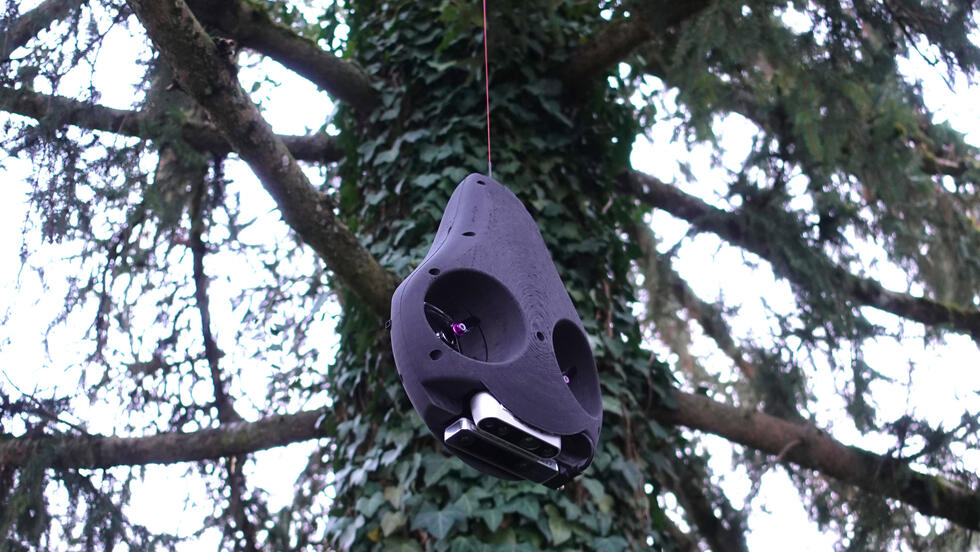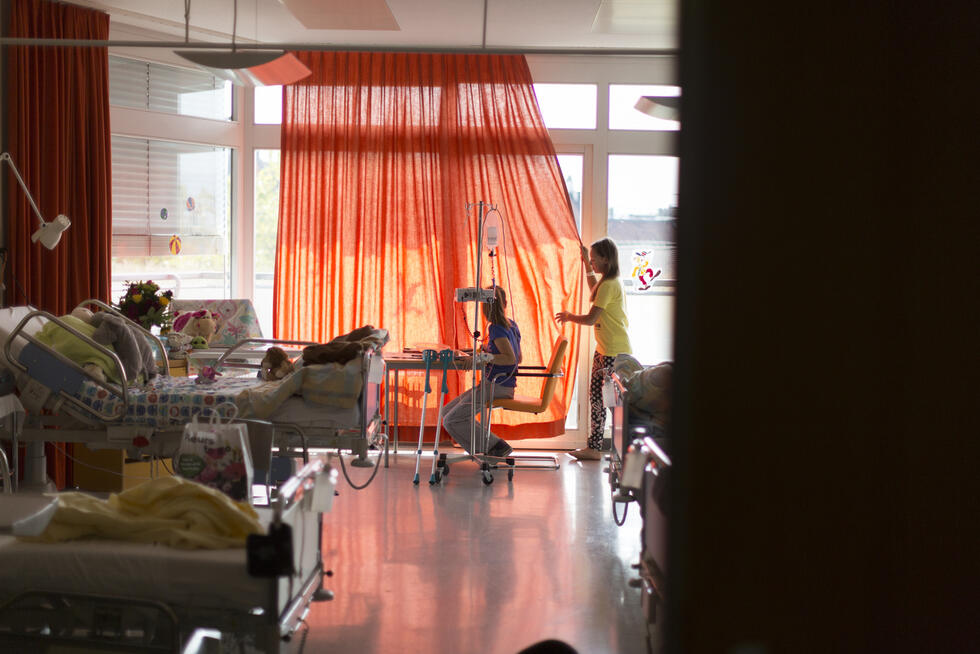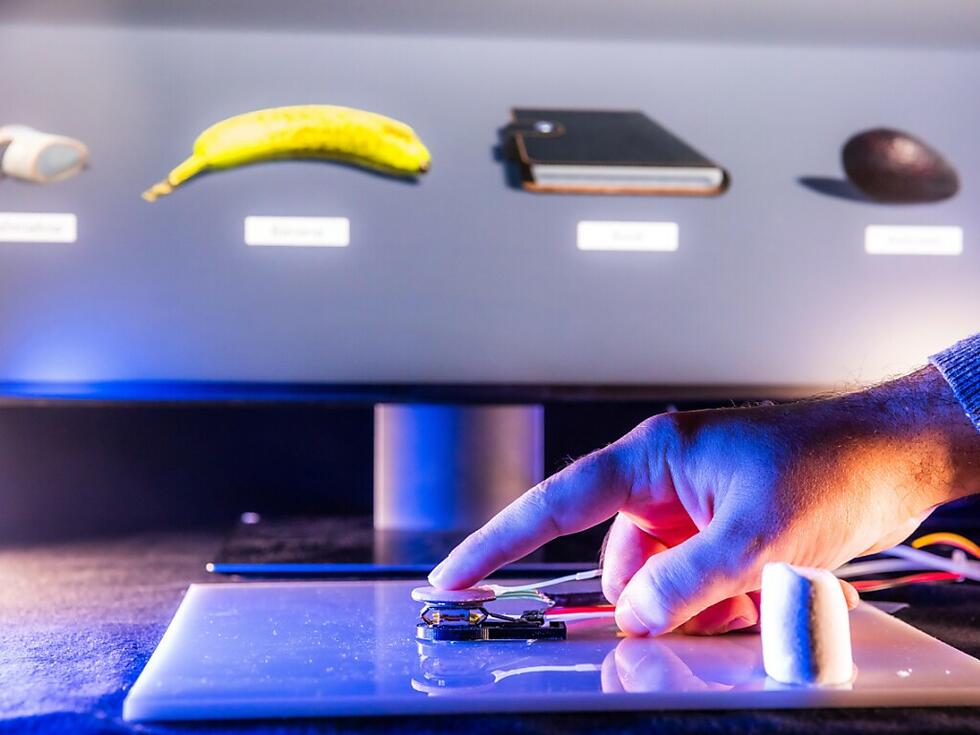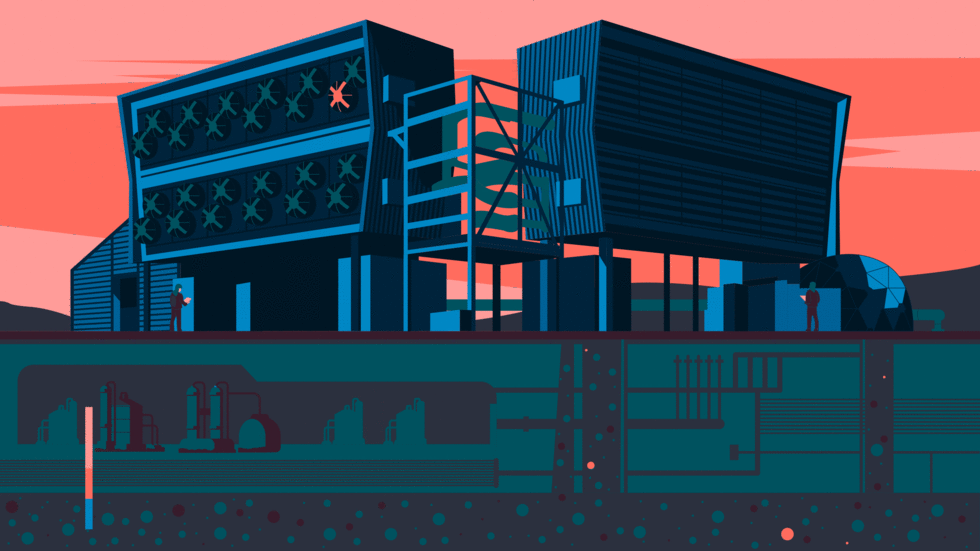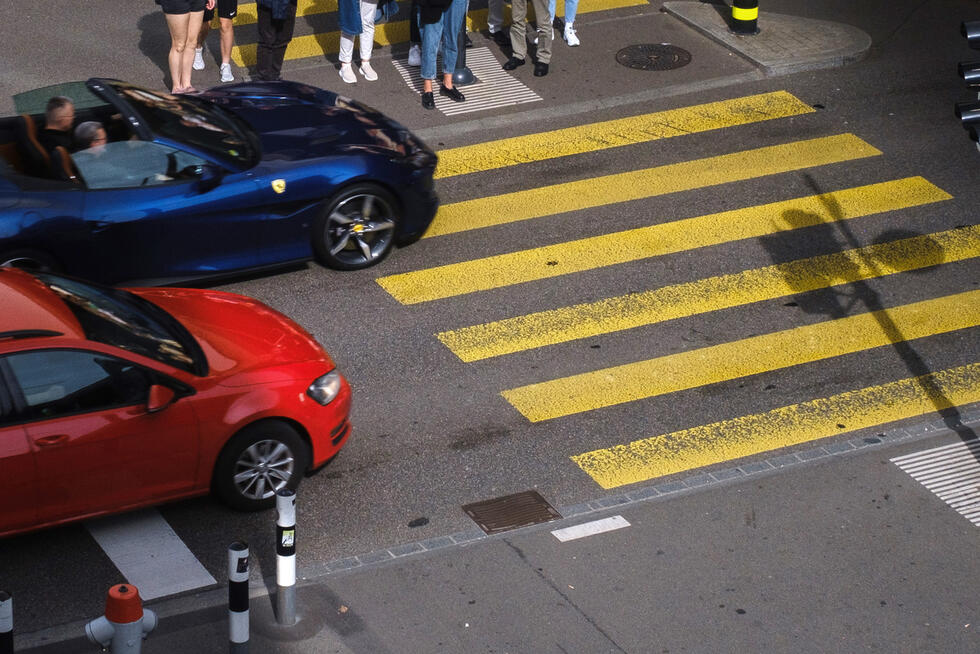SHORT NEWS
Progress in the field of QLED screen technology: reduced scattering losses, more intense colors
Researchers at the Swiss Federal Institute of Technology (ETH) in Zurich have enhanced QLED display technology to increase its energy efficiency. Using an ingenious design, they succeeded in reducing scattering losses. So far, however, this does not work for all colors.

QLED screens distinguish themselves through bright, intense colors. However, current “quantum dot light emitting diodes” (QLED) are designed in such a way that only a fraction of the light reaches the viewer. The scattering losses are massive. A research team headed by Chih-Jen Shih from ETH Zurich has succeeded in reducing these losses.
Quantum dots normally consist of a large number of spherical semiconductor nanocrystals which in a display are illuminated from the rear using UV light. The crystals convert the UV light into visible light, creating different colors depending on the composition of the nanocrystal. However, inside the crystals, the light is scattered in all directions. Only approximately one fifth of the light produced actually reaches the viewer.
Sophisticated layering
For several years now, scientists have been trying to reduce these scattering losses by using wafer-shaped instead of spherical nanocrystals, since the wafers emit light in one direction only. When arranged side by side in a single layer, however, the light they emit is relatively weak. And according to the ETH researchers, it is not sufficient for displays. If the semiconductor wafers are stacked, interactions occur between them, with the result that they again emit light in all directions instead of just to the front.
In the “Nature Communications” journal, Chih-Jen Shih and his colleagues report how, for the first time ever, they succeeded in creating a material that emits high-intensity light predominantly in one direction only: They stacked extremely thin semiconductor wafers with a thickness of 2.5 nanometers, but separated them by an even thinner 1-nanometer insulating layer composed of organic molecules.
The insulating layer prevents quantum physical interactions, which means that the wafers continue to emit light mainly in one direction. “The more wafers we stack on top of each other, the more intense the light becomes,” says Jakub Jagielski, the lead author of the study. “We can thus influence the light intensity without forfeiting the preferred direction of emission.”
Red still missing
Using this method, the researchers have already been able to produce light sources for blue, green, yellow, and orange light. According to the researchers, red light, which would also be necessary for a new generation of more economical QLED screens, cannot yet be generated.
The increase in efficiency mainly affects blue light. Thanks to the ingenious design, two fifths of the light generated now reaches the eye of the observer instead of just one fifth. “This means that in order to generate light of a certain intensity, our technology requires only half the energy compared to conventional QLED displays,” Chih-Jen Shih explains. Next, the researchers also want to enhance the currently still modest efficiency gains for the remaining colors.
Article No. – DOI: 10.1038/s41467-019-14084-3

